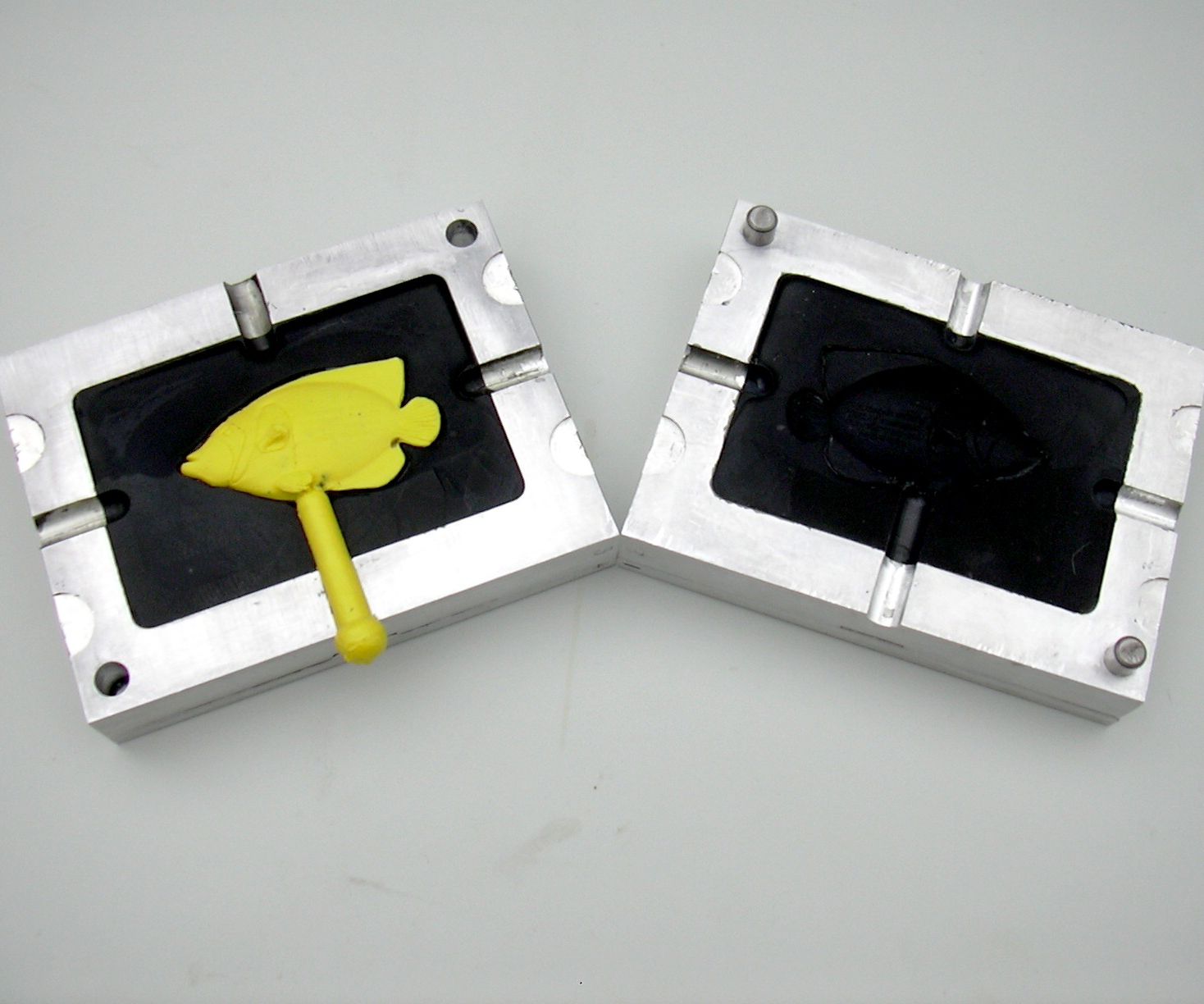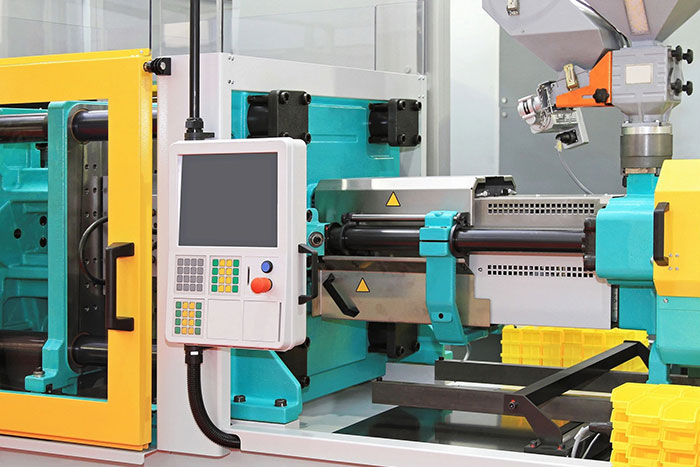Comprehending the Essentials of Plastic Injection Molding Processes
Plastic shot molding offers as a cornerstone of contemporary production, supplying a methodical strategy to creating intricate parts with accuracy. Discovering these essential components can disclose how even small adjustments can lead to considerable enhancements in manufacturing outcomes, elevating questions about the potential for innovation in this well established process.
What Is Plastic Shot Molding?
Plastic shot molding is an extensively utilized manufacturing procedure that changes polycarbonate and thermosetting products right into exact and complex forms. This technique is favored for its capacity to create high quantities of the same components with extraordinary precision, making it a vital approach in different sectors, consisting of automobile, durable goods, and medical devices.
The process includes melting the picked plastic material and infusing it right into a mold and mildew under high stress. The mold, made to the specs of the desired component, enables the molten plastic to materialize as it cools down and solidifies. When the material has actually solidified, the mold is opened, and the ended up element is expelled.
Plastic injection molding uses numerous advantages, including minimized waste, consistency in manufacturing, and the capability to incorporate complex designs that may be challenging with other manufacturing approaches. In addition, it sustains a wide range of products, each providing distinct homes that can be customized for particular applications. As industries proceed to innovate, plastic shot molding stays at the leading edge, allowing the growth of innovative products that satisfy progressing customer demands.
The Shot Molding Refine
The injection molding process is an innovative strategy that involves numerous vital stages to create top notch plastic components. Plastic pellets are fed right into a warmed barrel where they are melted right into a thick liquid. This molten plastic is after that injected under high stress right into a precision-engineered mold and mildew, which forms the material right into the preferred form.
As soon as the mold is filled, the plastic is allowed to strengthen and cool, taking the form of the mold and mildew cavity. Cooling time is essential, as it impacts the cycle time and the last properties of the molded part. After sufficient cooling, the mold and mildew opens, and the ended up component is ejected making use of ejector pins.

Materials Used in Injection Molding
Various materials can be used in the shot molding procedure, each offering distinct residential properties that deal with particular applications. The most commonly used materials include thermoplastics, thermosetting plastics, and elastomers.

Thermosetting plastics, like epoxy and phenolic materials, go through a chemical change throughout the healing procedure, causing a rigid, inflexible framework. These materials are perfect for applications requiring high warmth resistance and structural honesty, commonly used in vehicle parts and electrical insulators.
Elastomers, including silicone and rubber-based materials, supply versatility and resilience. Their special residential properties make them appropriate for applications that require flexibility, such as gaskets and seals.
Additionally, specialized materials like bio-based plastics and compounds are obtaining grip for their ecological benefits and enhanced efficiency characteristics, broadening the scope of shot molding applications in various markets. look at this web-site Understanding the residential or commercial properties of these materials is essential for selecting the suitable type for specific tasks.
Benefits of Shot Molding
Shot molding stands out as an extremely reliable manufacturing process that offers various advantages for creating intricate parts with accuracy. Among the most considerable advantages is the capability to create elaborate layouts that would be difficult or tough to achieve with other techniques (Plastic Injection Molding). The procedure permits tight tolerances and detailed features, guaranteeing high-quality parts
Furthermore, injection molding is understood for its rapid production capabilities, making it an ideal option for high-volume manufacturing. When the mold and mildew is created, components can be created rapidly, reducing preparations and increasing overall performance. This performance not just reduces manufacturing expenses but also gives a competitive side in the marketplace.
The versatility of materials used in shot molding even more boosts its charm. A vast array of thermoplastics and thermosetting polymers can be utilized, enabling producers to pick products that ideal meet their specific needs, including adaptability, warmth, and stamina resistance.
Furthermore, the procedure lessens waste, as excess product can often be recycled and reused. This sustainability element adds to a decreased ecological influence, making shot molding a responsible manufacturing choice. Overall, the advantages of injection molding make it a recommended method for several markets.
Variables Impacting Item Quality
While many aspects can affect product high quality in injection molding, understanding these aspects is vital for accomplishing optimal results. Trick elements consist of product option, refining parameters, and mold design.
Product choice plays a vital duty, as various polymers display one-of-a-kind properties that affect flowability, stamina, and thermal stability. Insufficient material selection can cause flaws such as visit bending or insufficient dental filling.
Processing criteria, consisting of pressure, temperature level, and cycle time, should be thoroughly managed. Variations in these settings can cause variances partially dimensions and surface area finish. Excessively high temperature levels may create deterioration of the polymer, while inadequate stress can result in brief shots.
Mold layout is similarly crucial, as it identifies the flow of the molten plastic and the cooling procedure. Poorly made mold and mildews might cause uneven air conditioning rates, resulting in residual tensions and dimensional errors.

Conclusion
To conclude, plastic injection molding functions as a vital production process that enables the effective manufacturing of high-grade parts. Proficiency of the shot molding procedure, consisting of the understanding of materials and the influence of various aspects on item high quality, is necessary for accomplishing optimal results. The advantages of this approach, such as cost-effectiveness and layout versatility, more emphasize its significance throughout numerous industries, strengthening its condition as a favored choice for high-volume production.
Plastic injection molding offers as a foundation of modern manufacturing, supplying a systematic technique to creating complicated components with precision.Plastic shot molding uses several benefits, including reduced waste, uniformity in production, and the capability to integrate intricate designs that might be testing with other producing methods (Plastic Injection Molding). As markets proceed to introduce, plastic shot molding continues to be at the leading edge, enabling the growth of advanced products that fulfill progressing customer demands
The shot molding process is a sophisticated strategy that involves a number of crucial stages to generate high-grade plastic elements.In conclusion, plastic shot molding serves as a crucial production process that makes it possible for the efficient manufacturing of premium parts.